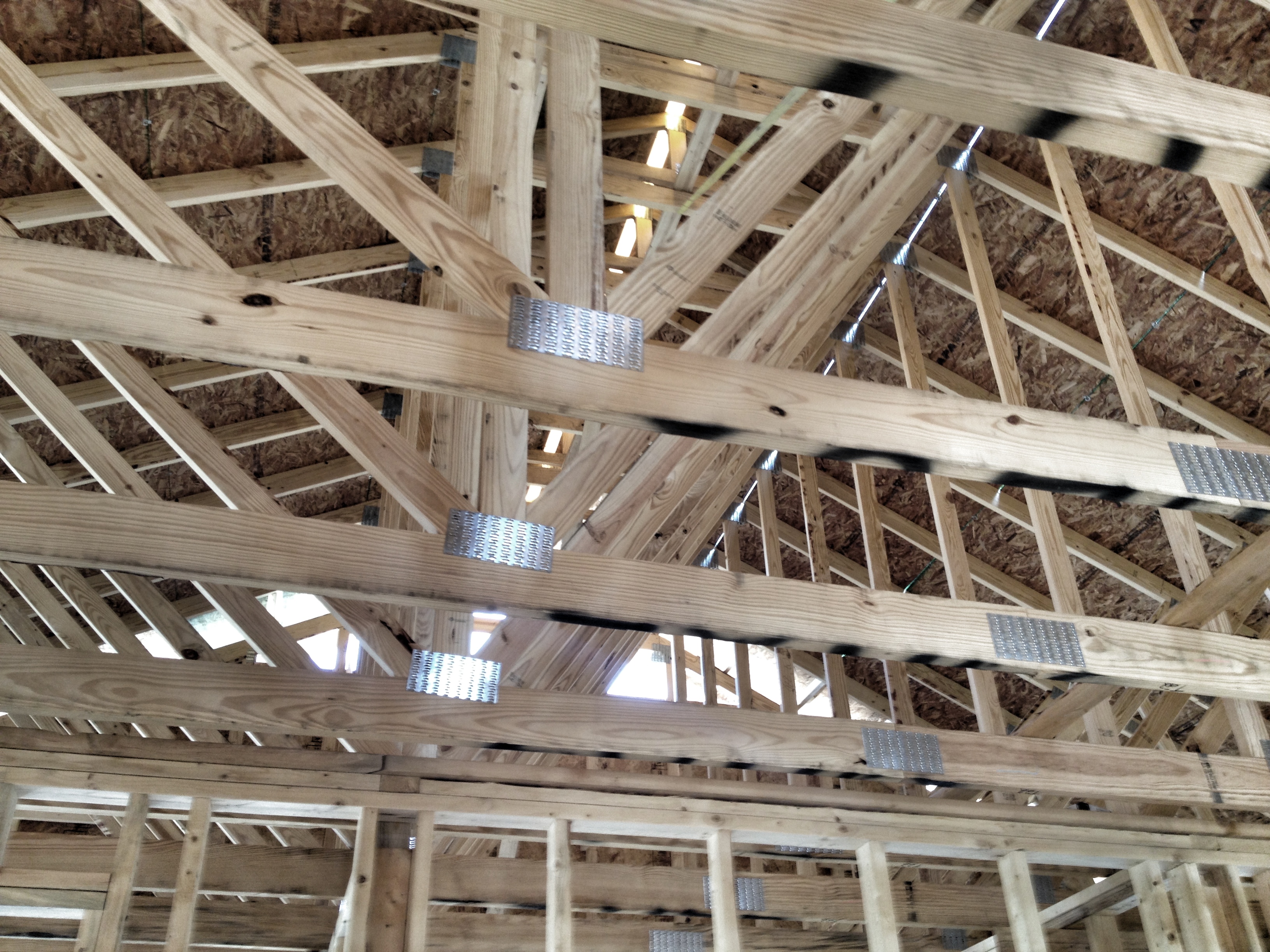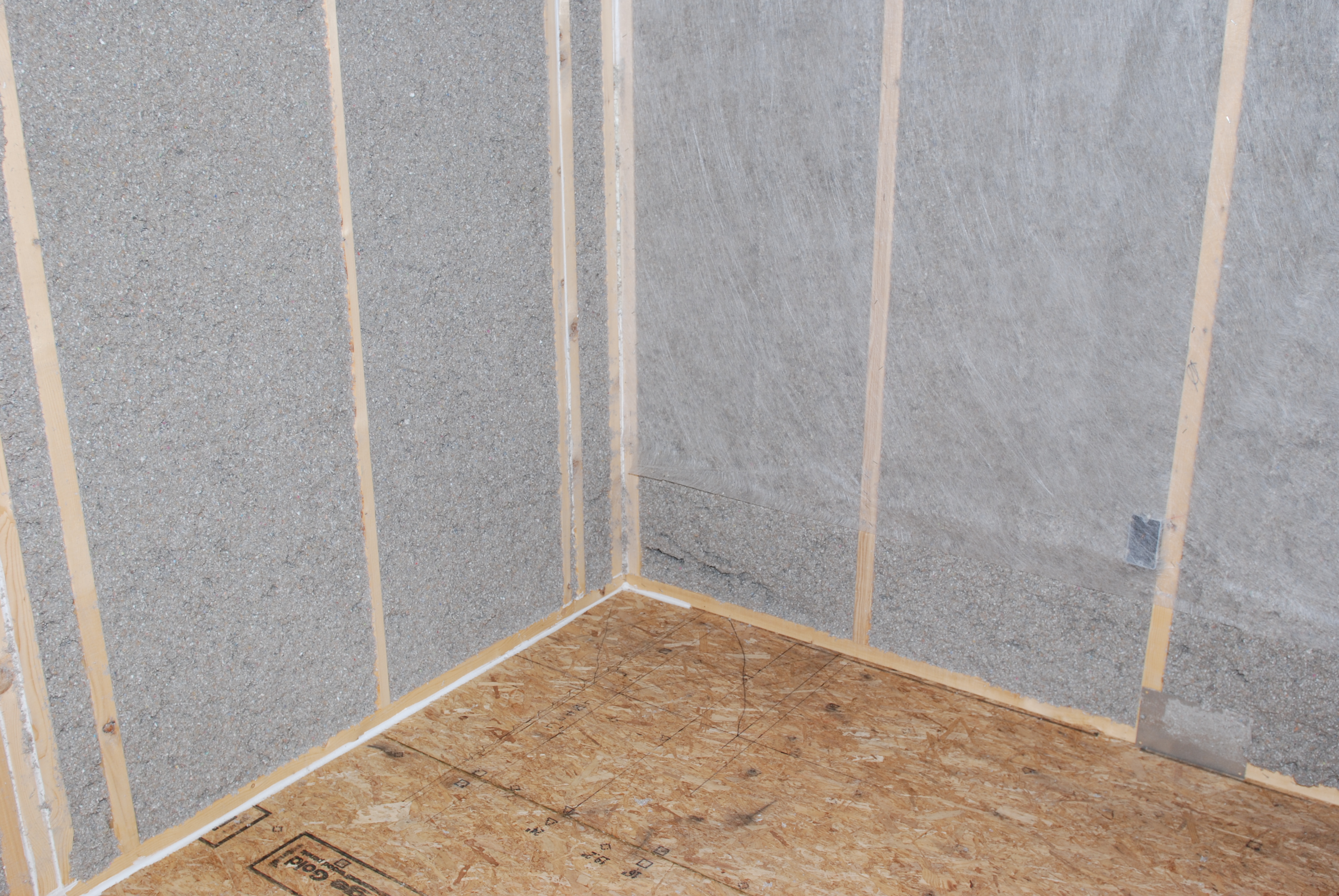What is embodied energy and why should you care? Embodied energy is the total amount of energy required to produce a product. This concept is certainly hard to grasp and even harder to find real data on various products. As our buildings are becoming more efficient the importance of embodied energy is increasing when making decisions about buildings. It used to be that the energy used to operate a building outweighed any material’s embodied energy, but that is starting to shift, especially with the rise of zero energy buildings.
Embodied Energy is useful in considering which “sustainable” product is the right solution for your project. Embodied energy is a method that aims to find the total energy necessary for the entire life-cycle of a given product. This includes the raw material extraction, transportation, manufacture, assembly, installation, disassembly, and demolition of that product. The lower the embodied energy the less harm done to the environment.
Calculating embodied energy varies depending on who you are getting data from and what bias they may hold. So here are some general rules that might help you as the industry is still trying to figure this out. Recycled building materials often have less embodied energy than a product created with virgin raw materials. Materials like wood are lower in embodied energy than materials that require a complicated manufacturing process. Materials manufactured close to your home have a lower embodied energy than materials extracted overseas or finished overseas.






